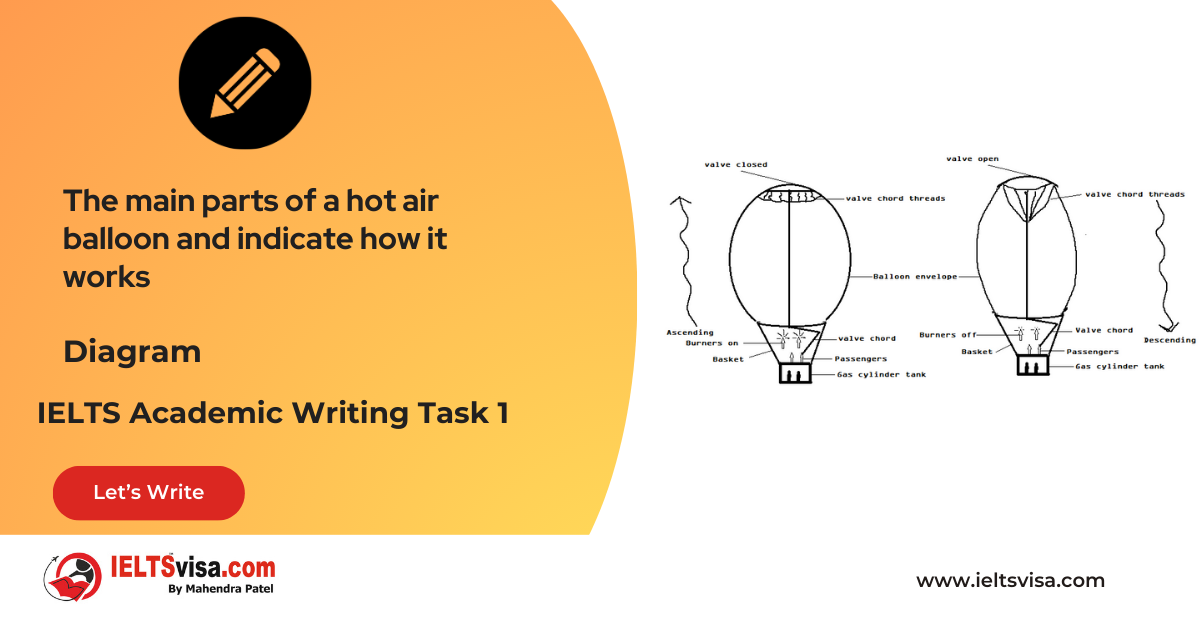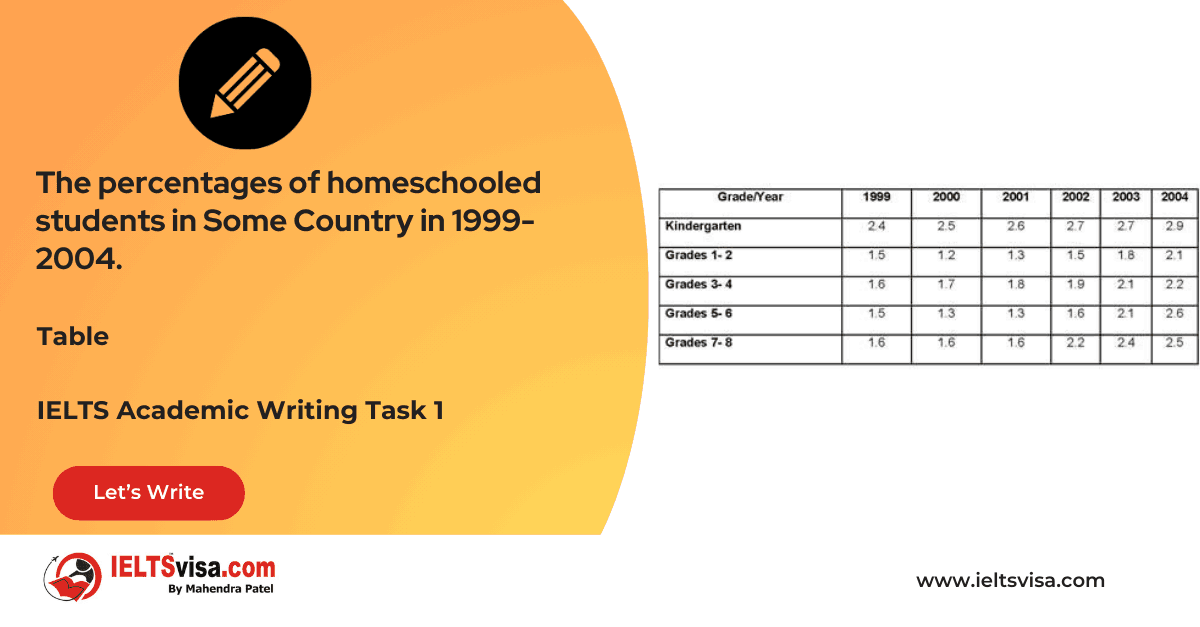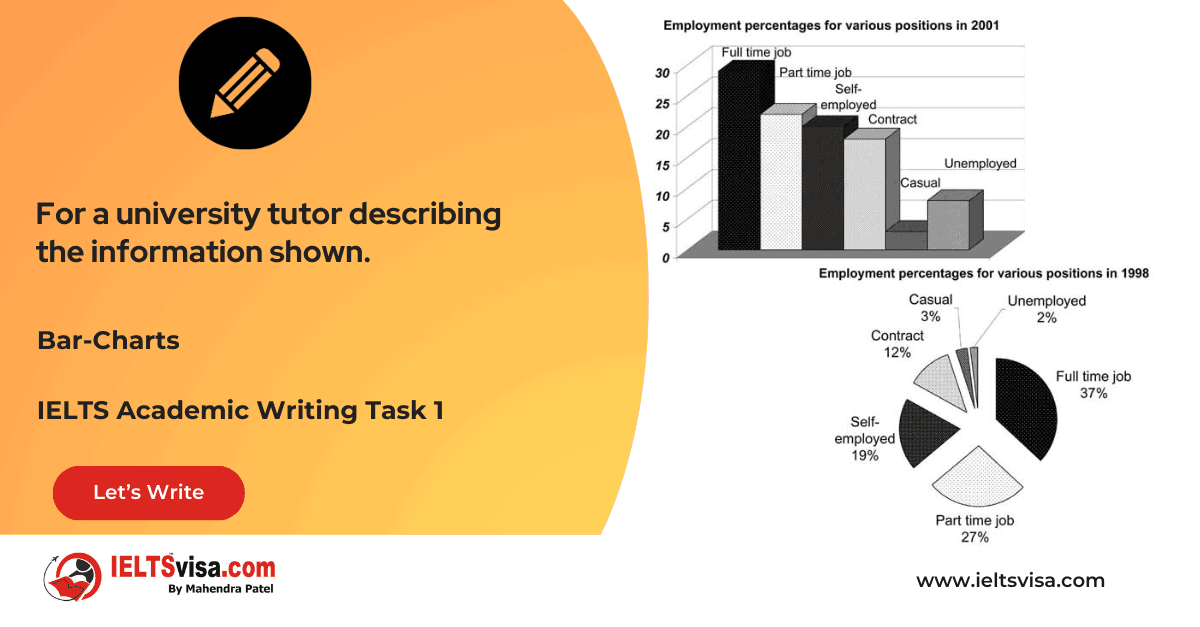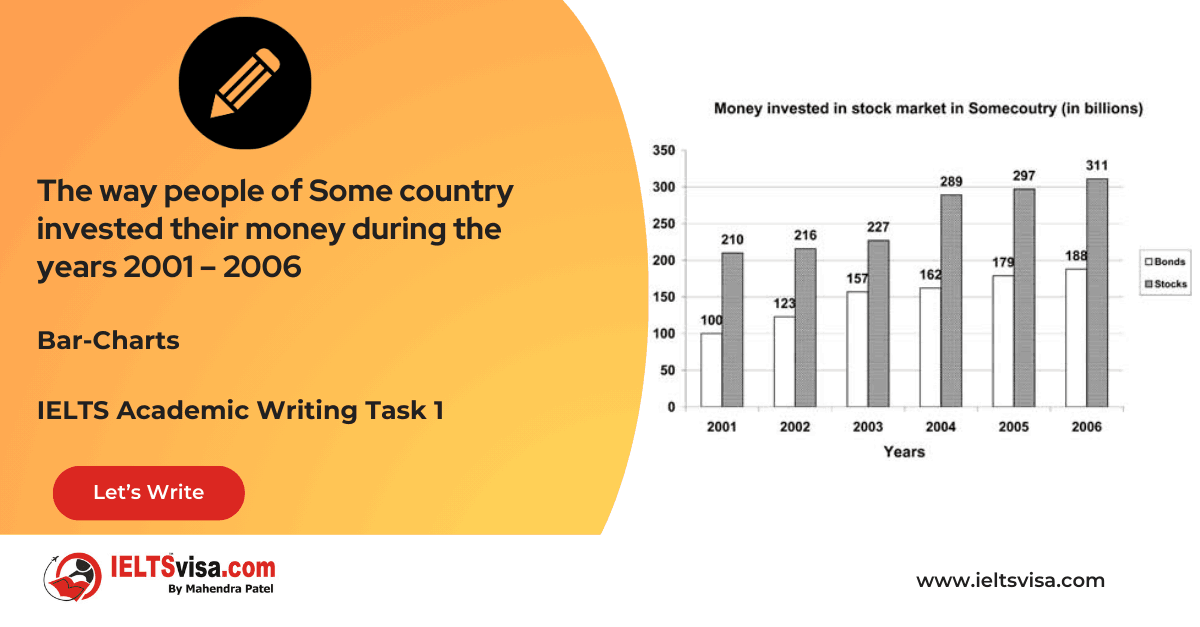Number of Marriages in the UK (1951–2001)
IELTS Academic Writing Task 1 - Line Graph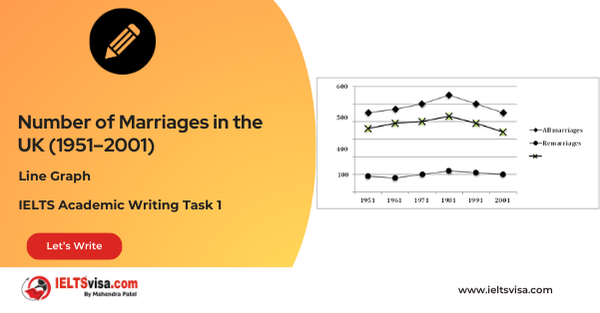
IELTS Writing Task 1 Question
The diagram below shows the number of marriages in the UK between 1951 and 2001. The data given is for all marriages, remarriages (any partner) and first marriages. Summarise the information by selecting and reporting the main features and make comparisons where relevant.
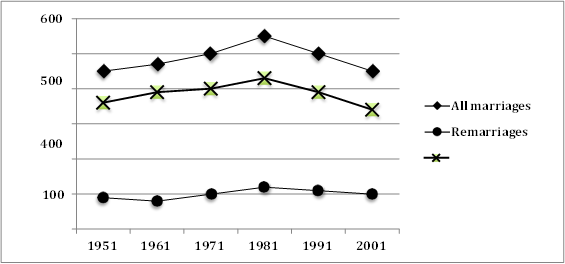
Common Questions for the Line Graph
1. Graph Type: Line Graph
2. Title: Number of Marriages in the UK (1951–2001)
3. What are the units of measurement?: Number of marriages (in thousands)
4. Who: Total marriages, first marriages, and remarriages (any partner) in the UK
5. When: 1951 to 2001
6. Where: United Kingdom
7. Topic: Trends in different types of marriages over 50 years
Comparison Showing and Trends Any change over time (such as an increase or a decrease) is a trend.
Comparison 1: First Marriages
- Details:
1.Started at approximately 350,000 in 1951.
2. Peaked at 430,000 in 1981.
3. Declined moderately, returning to 350,000 by 2001.
Comparison 2: Remarriages
-
Details:
1. Remained consistently lower than first marriages, fluctuating between 90,000 and 120,000 throughout the period.
2. Contributed to the total marriage figures, with no significant variations over time.
Comparison 3: Total Marriages
- Details:
1. Closely followed the trend of first marriages, as it is the sum of first marriages and remarriages.
2. Peaked alongside first marriages in 1981, before declining by 2001.
Sample Answer
The line graph illustrates the number of total marriages, first marriages, and remarriages (any partner) in the UK between 1951 and 2001.
Overall, the year 1981 saw the highest numbers for all types of marriages. While first marriages dominated overall trends, remarriages remained relatively stable, with minor variations over the years.
In 1951, approximately 350,000 first marriages were recorded. This number increased gradually, reaching a peak of 430,000 in 1981, before declining moderately back to 350,000 by 2001.
Remarriages fluctuated between 90,000 and 120,000 throughout the 50-year period, remaining much lower than first marriages. Despite these fluctuations, their contribution to the total number of marriages was steady.
The total number of marriages closely mirrored the trend of first marriages, peaking at the same time in 1981. This is because the total figure combines both first marriages and remarriages.
Top 26 Vocabularies
| Vocabulary | Type |
Meaning | Synonyms | Examples |
|
Solemnize |
verb |
To formally perform or celebrate a marriage |
Conduct, Formalize |
Approximately 350,000 first marriages were solemnized in 1951. |
|
Depict |
verb |
To represent or show |
Illustrate, Portray |
The graph depicts the number of different types of marriages. |
|
Contribution |
noun |
The part played in achieving something |
Addition, Input |
Remarriages contributed steadily to the total marriages. |
|
Parallel |
Adjective |
Having a similar or corresponding trend |
Aligned, Similar |
The total marriages graph ran parallel to first marriages. |
|
Illustrate |
Verb |
To explain or clarify with the help of visual aids |
Depict, Show |
“The line graph illustrates marriage trends in the UK.” |
|
Marriage |
Noun |
A legal union between two people |
Union, Matrimony |
“The number of marriages increased gradually until 1981.” |
|
Dominate |
Verb |
To have control or influence over something |
Control, Prevail |
“First marriages dominated the overall trend.” |
|
Trend |
Noun |
A general direction or pattern of change |
Pattern, Movement |
“The trend of first marriages peaked in 1981.” |
|
Fluctuate |
Verb |
To change frequently and irregularly |
Vary, Oscillate |
“Remarriages fluctuated between 90,000 and 120,000.” |
|
Peak |
Verb/Noun |
To reach the highest point |
Climax, Summit |
“The number of first marriages peaked at 430,000 in 1981.” |
|
Contribute |
Verb |
To give or add something to a larger whole |
Add, Contribute |
“Remarriages contributed steadily to the total number of marriages.” |
|
Moderately |
Adverb |
To a reasonable or average degree |
Slightly, Fairly |
“The number of first marriages declined moderately by 2001.” |
|
Steady |
Adjective |
Constant, stable, or unchanging |
Consistent, Stable |
“Remarriages remained steady despite minor fluctuations.” |
|
Correspond |
Verb |
To be in agreement or harmony with something |
Match, Align |
“The total marriages corresponded with first marriages.” |
|
Combine |
Verb |
To bring or merge two or more things together |
Merge, Unite |
“The total marriages figure combines first marriages and remarriages.” |
|
Increase |
Verb/Noun |
To make or become larger or more |
Grow, Rise |
“The number of first marriages increased gradually until 1981.” |
|
Total |
Adjective/Noun |
The complete or entire amount |
Full, Whole |
“The total number of marriages mirrored first marriages.” |
|
Decline |
Verb/Noun |
To decrease or reduce in size, number, or strength |
Drop, Diminish |
“First marriages declined by 2001 after peaking in 1981.” |
|
Minor |
Adjective |
Of small importance or significance |
Small, Insignificant |
“The fluctuations in remarriages were minor over the years.” |
|
Variation |
Noun |
A change or difference in condition |
Difference, Change |
“There were minor variations in the number of remarriages.” |
|
Record |
Verb/Noun |
To document or register something |
Register, Log |
“In 1951, 350,000 first marriages were recorded.” |
|
Relatively |
Adverb |
In comparison with something else |
Comparatively, Quite |
“Remarriages remained relatively stable throughout the period.” |
|
Annual |
Adjective |
Occurring once every year |
Yearly, Per annum |
“The data provided annual figures for marriages from 1951 to 2001.” |
|
Unchanged |
Adjective |
Not altered or modified in any way |
Constant, Stable |
“The number of remarriages remained unchanged throughout the period.” |
|
Dramatic |
Adjective |
Having a noticeable and significant impact |
Significant, Striking |
“The increase in first marriages in 1981 was dramatic.” |
|
Consistent |
Adjective |
Always behaving or happening in the same way |
Steady, Uniform |
“The trend for first marriages was consistent until 1981.” |

Our Books
Master IELTS Speaking Part 1
IELTS Writing Task 1 Book
IELTS Writing Task 2 Book
Practice IELTS Other Modules
IELTS Listening
The IELTS Listening test assesses how well you can understand spoken English in various contexts. It lasts about 30 minutes and is divided into four sections with a total of 40 questions. The listening tasks become increasingly difficult as the test progresses.
IELTS Academic Reading
The IELTS Academic Reading section assesses your ability to understand and interpret a variety of texts in academic settings. It is designed to evaluate a range of reading skills, including skimming for gist, reading for main ideas, reading for detail, understanding inferences, and recognizing a writer's opinions and arguments.
IELTS Speaking
The IELTS Speaking test assesses your ability to communicate in English on everyday topics. It lasts 11-14 minutes and consists of three parts: introduction, cue card, and a discussion based on the cue card topic.
IELTS General Reading
IELTS General Reading tests your ability to understand and interpret various types of texts. Here are some key areas and types of content you can expect to encounter in the reading section, along with tips for effective preparation.
IELTS Academic Writing Task 1
In IELTS Academic Writing Task 1, you are presented with a visual representation of information, such as graphs, charts, tables, or diagrams, and you are required to summarize, compare, or explain the data in your own words.
IELTS General Writing Task 1
In IELTS General Writing Task 1, you are required to write a letter based on a given situation. The letter can be formal, semi-formal, or informal, depending on the prompt. Here’s a breakdown of the key components to include in your letter
IELTS Academic Writing Task 2
In IELTS Academic Writing Task 2, you are required to write an essay in response to a question or topic. Here’s a guide to help you understand the essential elements of this task
IELTS Exam Tips
To succeed in the IELTS exam, practice regularly, familiarize yourself with the test format, improve your vocabulary, develop time management skills, and take mock tests to build confidence.
Grammer for IELTS
Grammar is the foundation of effective communication in English. Understanding tense usage, subject-verb agreement, and sentence structure enhances clarity and coherence in writing and speaking.
Vocabulary for IELTS
Vocabulary plays a crucial role in the IELTS (International English Language Testing System) exam, especially in the Speaking and Writing sections. Here’s an overview of why vocabulary is important and how it impacts your performance
RECENT IELTS SAMPLES QUESTIONS AND ANSWERS
Task 1 – Diagram – A conference hall built in 1981 and planned for 2020
20:00 Start Pause Stop [df_adh_heading title_infix="IELTS Writing Task 1 Question" use_divider="on"...
Task 1 – Table – The percentages of homeschooled students in Some Country in 1999-2004.
20:00 Start Pause Stop [df_adh_heading title_infix="IELTS Writing Task 1 Question" use_divider="on"...
Task 1 – Table – For a university tutor describing the information shown.
20:00 Start Pause Stop [df_adh_heading title_infix="IELTS Writing Task 1 Question" use_divider="on"...
Task 1 – Bar-Charts – The way people of Some country invested their money during the years 2001 – 2006
20:00 Start Pause Stop [df_adh_heading title_infix="IELTS Writing Task 1 Question" use_divider="on"...
Task 1 – Diagram – Rainwater Harvesting and Conversion to Drinking Water in an Australian Town.
20:00 Start Pause Stop [df_adh_heading title_infix="IELTS Writing Task 1 Question" use_divider="on"...
Task 1 – Column graph – Percentage of Young People Enrolled in Universities in 2000 and 2007.
20:00 Start Pause Stop [df_adh_heading title_infix="IELTS Writing Task 1 Question" use_divider="on"...

